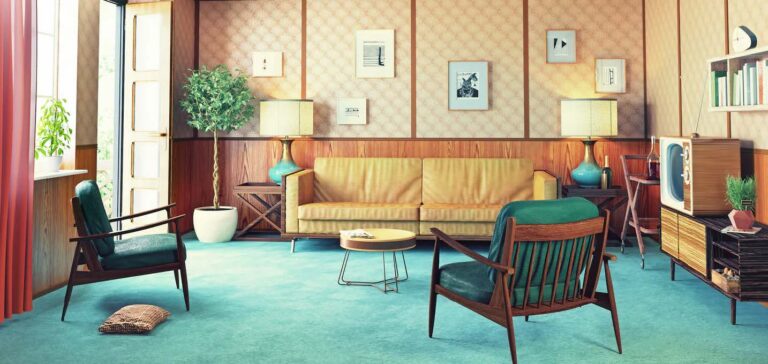
Who doesn’t love shiny new things? Lots of amazing designers, that’s who.
They’re forsaking highly polished surfaces and are instead ushering in a new, luster-free look for kitchens and baths. Matte surfaces (you might have heard them called “leathered”) are popping up all over lately: on your favorite TV renovation shows, in your Instagram feed, splashed across design magazines, and more. And they can look pretty darn marvelous.
Here, we share some inspiration that may well have you skipping shiny surfaces, too, and offer smart pro tips on how to get this cool style just right. Before we dive in, though, some good news: Matte surfaces aren’t budget busters.
“Many of the new quartzes come in both matte and glossy options, so this option shouldn’t cost more,” says Ana Cummings of the eponymous design firm.
Matte finishes repel fingerprints
Matte finishes have a subtlety that sets a Zen mood. Bonus: They take smudge removal off your to-do list. While dust and fingerprints show up, oh, just about everywhere on shiny counters and bathroom vanities, with a flat finish, you see none of that. (You may see watermarks, though, so keep a stash of no-scratch microfiber cloths on hand to gently wipe these surfaces.)
Matte surfaces are an offshoot of the natural trend
High-gloss finishes have their allure, but they can look a bit plastic. Matte ones, on the other hand, have a more natural vibe. These low-glow surfaces impart an earthier effect.
They also feel fantastic.
“Matte counters have a great touch when you run your hand along them, making the look generally more authentic than high-gloss shines,” says Lacy Hughes of Julian Design.
Matte allows you to mix things up
Matte isn’t an all-or-nothing proposition! You can use it along with high-shine surfaces. The bold bath, above, mixes glossy tomato-red cabinets with a quieter matte gray floor and shower tiles.
Combining textures in this way can create more impact than if you went all in one direction. Keep that in mind if you’re redoing your kitchen, too.
“A mix of matte cabinets and polished backsplash tiles adds another layer of interest to your kitchen,” says Cummings.
Pro tip: if you have matte tiles in a space, always use a grout sealer that’s also matte or an epoxy grout to streamline the look.
“As long as matte finishes are sealed, their performance should not be an issue,” adds Hughes.
The challenges of a matte finish
Homeowners and designers alike flock to shiny counters and floors to reflect light, which is a brilliant way to open up a small space. But matte surfaces do just the opposite. They basically swallow up light and can visually shrink a space, so they’re best suited to large rooms.
Have a tiny kitchen but love the matte look? We’re not going to be a buzzkill. Here’s a solution: Just add lighting.
You’ll also visually expand a space if you remove window treatments in a matte kitchen or bath. Natural light will flood in, illuminating the area and making it look (at least a little) larger.
“Dark matte surfaces, in particular, will absorb light, so install some strategic dimmers for nighttime” to brighten things up, says Cummings.
Matte might call for pops of color
Matte paint and stone finishes are on the subtle side, which is a key part of their appeal. Too much of a good thing, though, and a room can look bland. Consider amping up the color and shine in small ways, especially in a dark matte bath.
Wallpaper, hand towels, bath mats, or vanity accessories that include a small colorful pattern will zhoosh things up. Even a stroke of a solid, saturated tone will help. One more easy-peasy solution: Add a plant or two.
Article originally appeared on Realtor.com.







